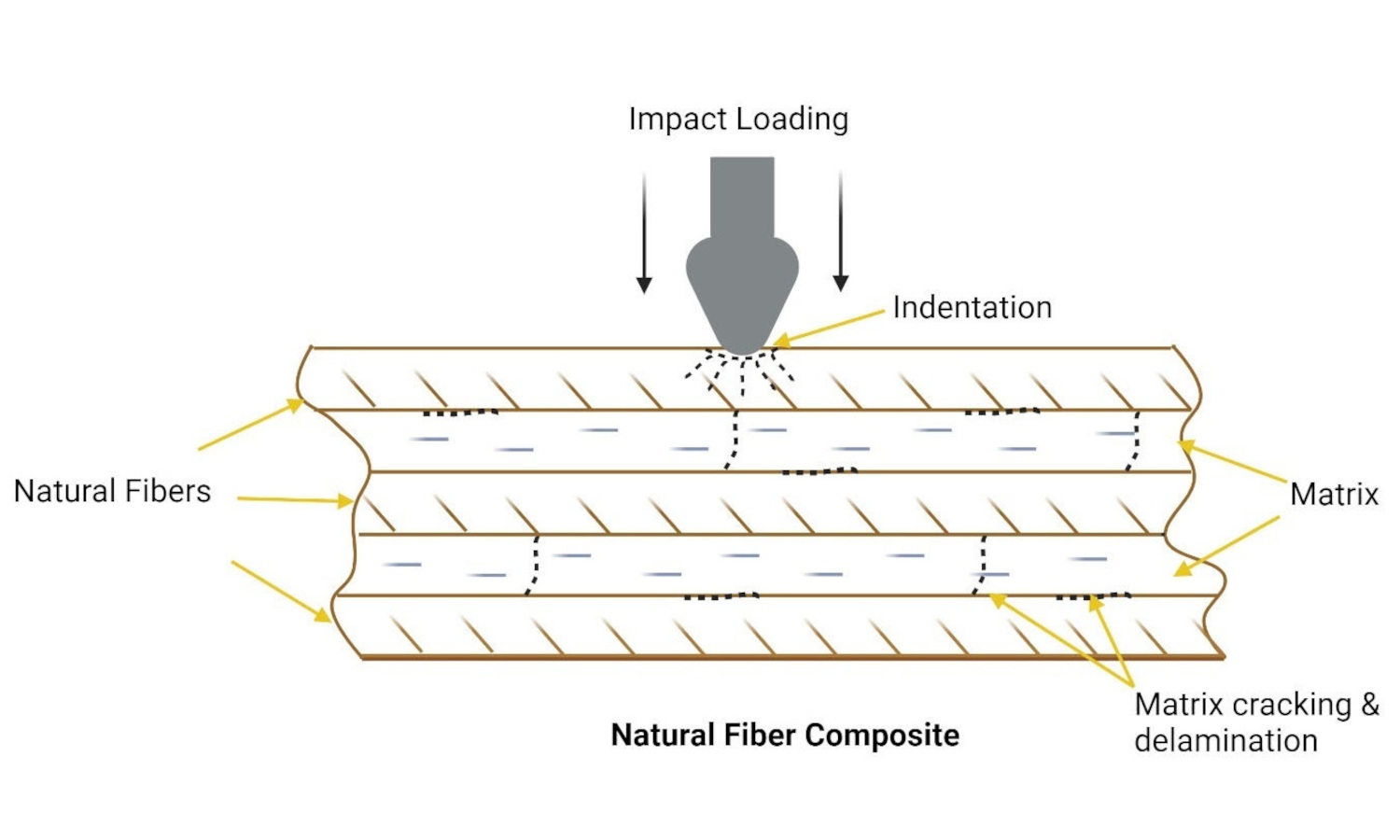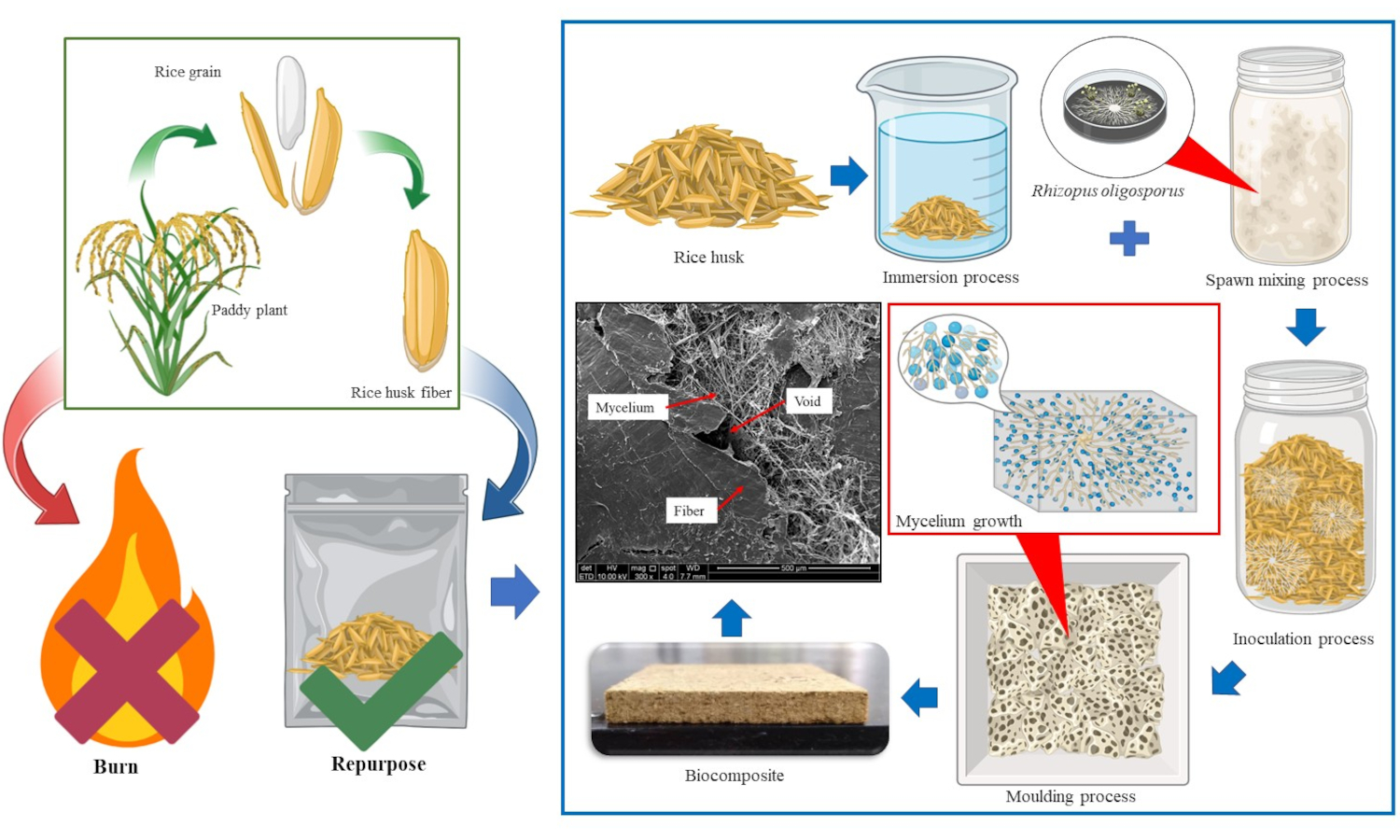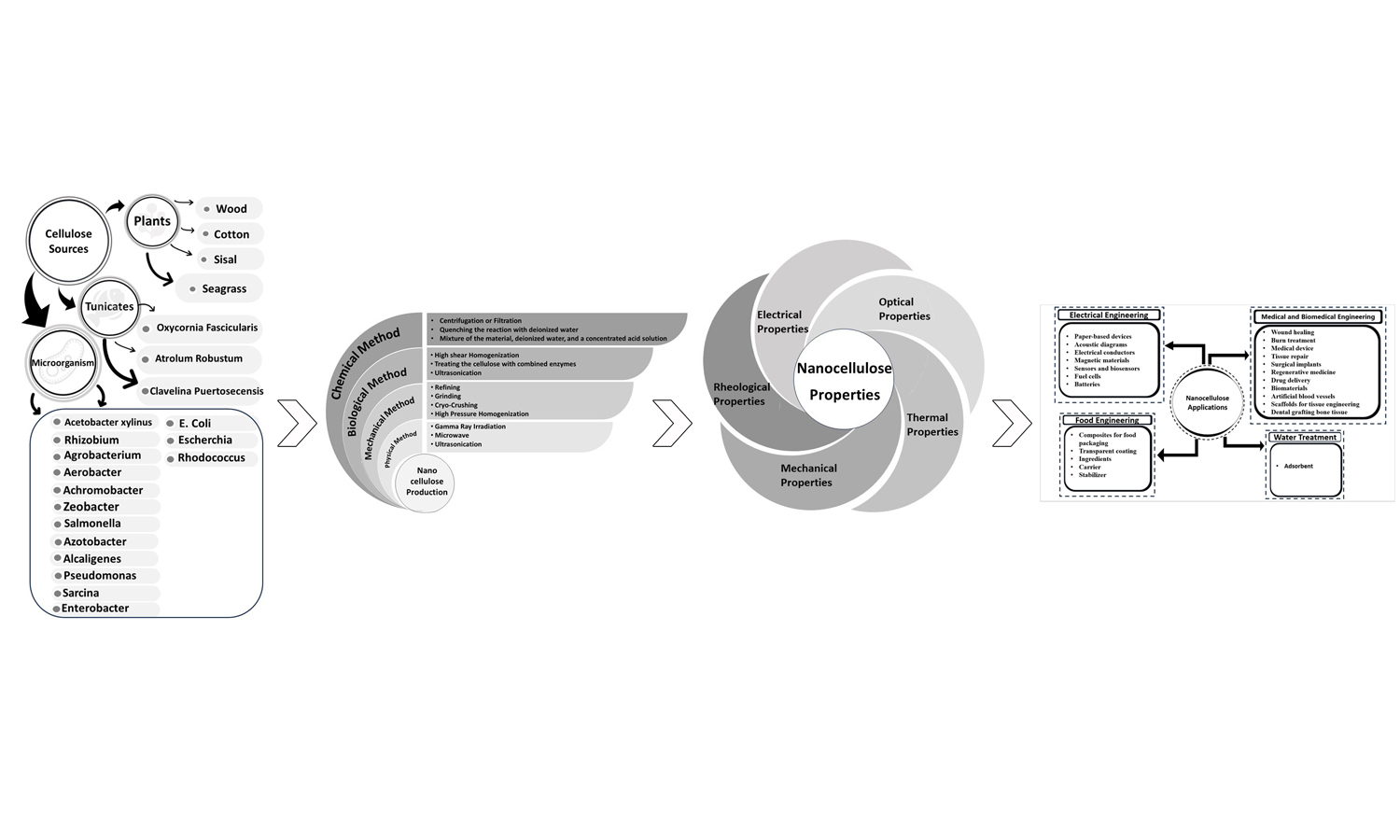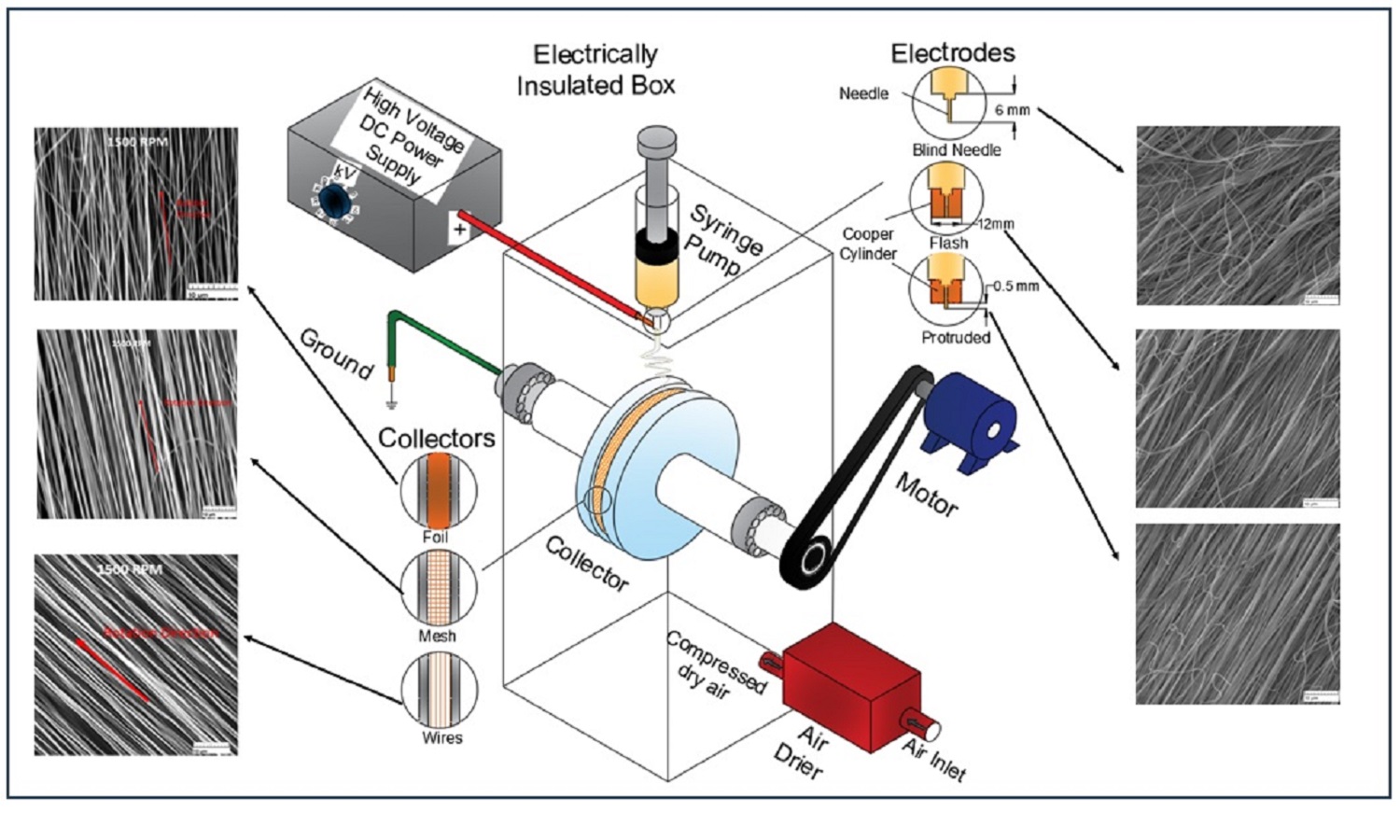Natural fiber composites under impact loading: A critical review
Timothy K. Mulenga, Sanjay Mavinkere Rangappa, Suchart Siengchin
Vol. 19., No.5., Pages 470-493, 2025
DOI: 10.3144/expresspolymlett.2025.35
DOI: 10.3144/expresspolymlett.2025.35
GRAPHICAL ABSTRACT

ABSTRACT
Natural fiber composites (NFC) have emerged as promising sustainable alternatives to conventional synthetic materials due to the increasing environmental concerns and unsustainable reliance on depleting petroleum resources. NFCs offer various advantages, such as reduced costs, low density, biodegradability, and good specific mechanical properties. However, their impact resistance remains a crucial factor that greatly influences their suitability for sectors like automotive, construction, and aerospace, where impact loading is prevalent. This review comprehensively analyzes the impact resistance of NFCs, aiming to elucidate the factors governing their behavior under varying impact loading conditions. The study delves into the influence of key parameters such as fiber type, matrix properties, and fiber-matrix adhesion on the impact response of NFCs. Different impact loading methods, including low-velocity impact and high-velocity impact, are examined, highlighting their distinct effects on NFC failure mechanisms. Furthermore, the review investigates the effectiveness of various methods employed to enhance the impact strength of NFCs. Finally, it identifies current challenges and limitations associated with impact-resistant NFCs and outlines potential future research directions to overcome these obstacles and unlock the full potential of these sustainable materials.
RELATED ARTICLES
Mohammad Aliff Shakir, Mardiana Idayu Ahmad, Azniwati Abd Aziz, Abdul Khalil H.P.S.
Vol. 19., No.9., Pages 893-908, 2025
DOI: 10.3144/expresspolymlett.2025.68
Vol. 19., No.9., Pages 893-908, 2025
DOI: 10.3144/expresspolymlett.2025.68

The growing demand for eco-friendly alternatives to synthetic polymers has accelerated interest in fibrous, cellulose-rich waste as a foundation for sustainable composite materials. Agricultural waste like rice husk offers abundant, renewable sources of natural polymers suitable for advanced biocomposite development. However, the integration of such materials often requires innovative bonding approaches, particularly those that are biodegradable and derived from renewable sources. This study explores the use of rice husk fibers with Rhizopus oligosporus mycelium as a bio-binder by examining how varying inoculation durations (0, 2, 4, and 6 days) affect the mechanical and physical characteristics of the composite. The prepared samples underwent hot pressing at 130°C and 5 MPa for 30 min. Visual and morphological analyses confirmed that longer inoculation periods promoted denser and more uniform mycelial growth, improving adhesion within the composite matrix. Results revealed that the composite with 4 days of inoculation exhibited the best overall physical and mechanical properties with flexural strength (5.79 MPa), tensile strength (2.59 MPa), water absorption (112.1%), contact angle (39.99°) and thickness swelling (126.33%). These findings demonstrate the feasibility of repurposing cellulose-rich agricultural waste into functional fibrous polymer composites, supporting sustainable material development and contributing to polymer recycling efforts.
Mohammad Mehdi Alighanbari, Firoozeh Danafar, Araam Namjoo, Asma Saeed
Vol. 19., No.1., Pages 15-46, 2025
DOI: 10.3144/expresspolymlett.2025.3
Vol. 19., No.1., Pages 15-46, 2025
DOI: 10.3144/expresspolymlett.2025.3

The environmental and ecological concerns drive researchers to synthesize functional materials using components from natural resources. Nanocellulose (NC), derived from plants, marine animals, or microorganisms, is a green material attracting attention due to its abundance, biocompatibility, and biodegradability. NC’s interstice properties enable the synthesis of functional nanocomposites in forms like aerogels, foams, paper, sheets, or hollow filaments. This review briefly describes NC classification and production while comprehensively presenting its mechanical, rheological, optical, and electrical properties, offering foundational knowledge for future research. Additionally, it highlights recent developments in NC-based products across fields such as papermaking, water treatment, civil engineering, electronics, cosmetics, food, and medicine. For the first time, this paper explores recent advances in NC molecular simulation, providing insights into structure, arrangement, and interactions through molecular dynamic simulation. Finally, future prospects for NC-based applications are discussed to encourage studies addressing current challenges.
Mehmet Selim Demirtaş, Mrinal C. Saha
Vol. 18., No.8., Pages 851-867, 2024
DOI: 10.3144/expresspolymlett.2024.63
Vol. 18., No.8., Pages 851-867, 2024
DOI: 10.3144/expresspolymlett.2024.63

Nanomaterials, particularly nanofibers produced through electrospinning, have garnered significant attention due to their unique properties and diverse applications. This research explores the influence of collector design, electrode geometry, and collector speed on the properties of electrospun polyacrylonitrile (PAN) nanofibers. Finite element analysis (FEA) was employed to simulate electric fields, revealing the impact of collector geometry on field intensity. The experimental setup, enclosed in an isolated chamber, employed various collector types and electrode configurations. Scanning electron microscope (SEM) analysis showcased the effect of collector speed on fiber alignment and diameter. Furthermore, FEA simulations elucidated the role of electrode geometry and voltage in shaping the electric field, impacting fiber properties. The study introduces a novel, in-house method for producing highly aligned nanofibers and provides insights into optimizing electrospinning parameters for enhanced fiber properties. A testing protocol is devised to minimize surface damage when conducting mechanical tests on nanofiber films, employing a dynamic mechanical analyzer (DMA). Mechanical testing demonstrated the correlation between alignment and tensile strength. Overall, this research contributes valuable insights for tailoring electrospinning processes for tissue engineering and energy storage.



